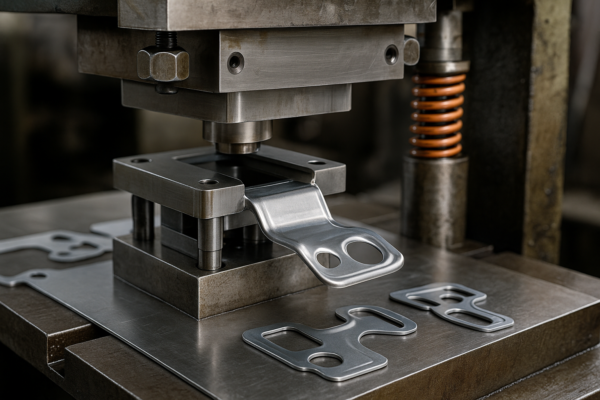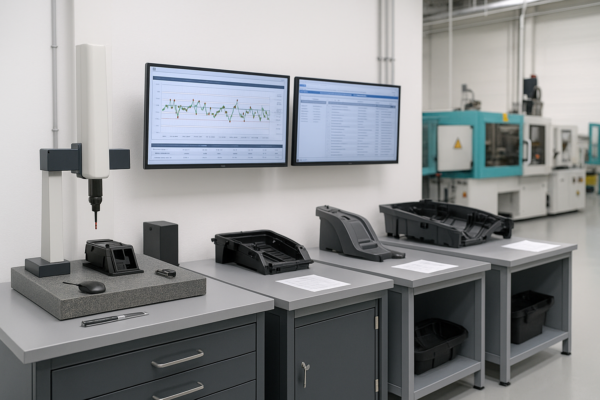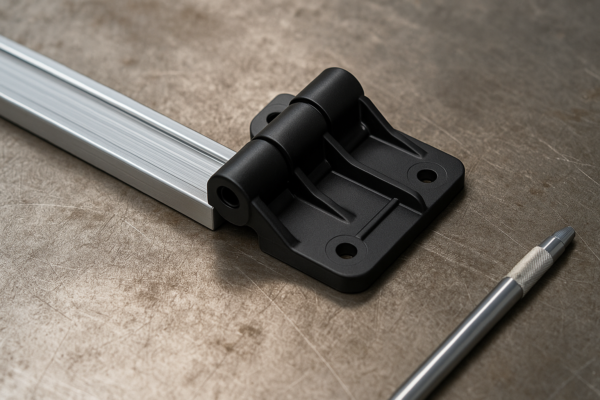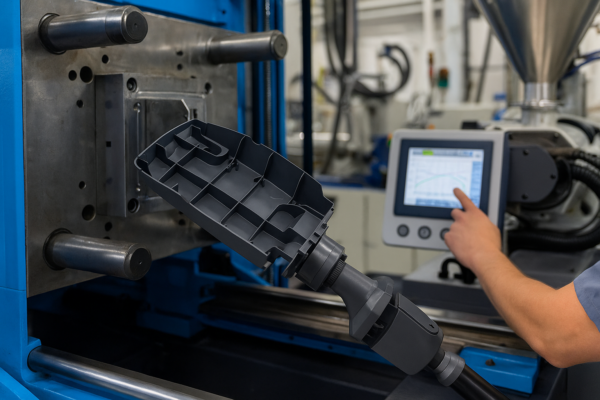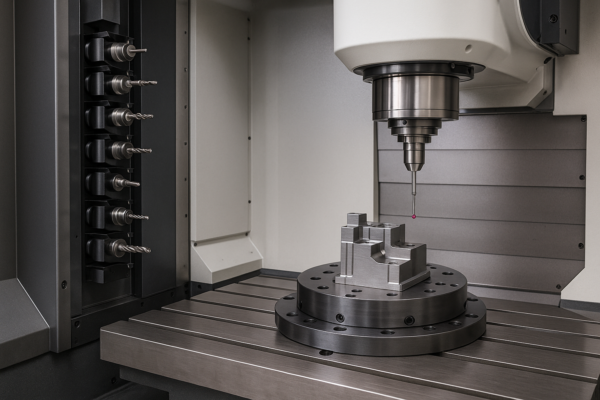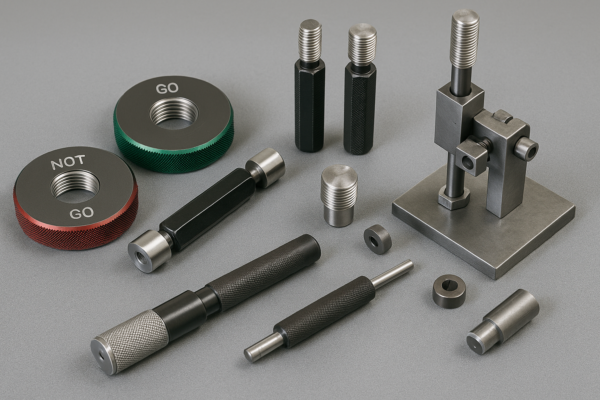Understanding Metal Cylinder Neck Rings: Why Are They Essential for High-Pressure Cylinders?
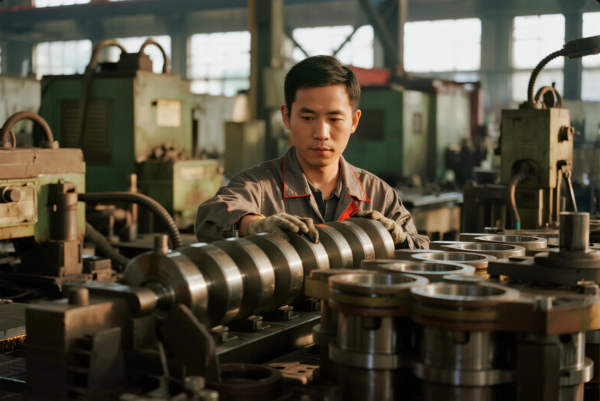
Gas cylinder buyers face a complex challenge: they must ensure high-pressure vessels remain safe, leak-free, and compliant with international regulations, all while minimizing cost and downtime. Too often, small overlooked components—like cylinder neck rings—cause large, costly failures that ripple through production and supply chains. If your supplier cuts corners on materials, or if neck rings don’t fit perfectly, the result can be leaks, seized valves, and even hazardous events. For companies shipping gas globally, choosing the right ISO-certified neck ring supplier is mission-critical.
A metal cylinder neck ring isn’t just a metal donut. It’s a precision-engineered safety component designed to keep the most valuable—and volatile—industrial gases safely contained. When the neck ring is right, the cylinder stays sealed and safe, day after day. When it fails, your entire operation is at risk.
Prime has over 20 years of B2B experience in custom, precision industrial metal part manufacturing for demanding global clients. Below, I’ll show you how to spec, select, and verify the best neck rings for your operation, and why our expertise makes a difference.
What Is a Cylinder Neck Ring and Why Is It Critical for Gas Cylinders?
Many procurement teams underestimate the impact of a neck ring failure. Leaks, cross-threading, or mechanical deformation are common when suppliers lack experience or use low-quality metals. That’s why global gas safety organizations mandate precise dimensions, robust alloy choices, and traceability for every neck ring.
The cylinder neck ring is a thick, precision-machined collar installed at the bottle’s mouth. It provides a secure seat for valves, absorbs handling stresses, and ensures gas-tight sealing even under high pressure. A weak neck ring can result in catastrophic failures—think gas leaks, valve ejections, and product recalls.
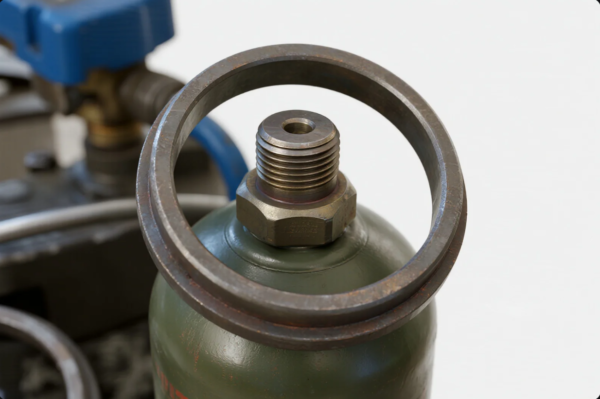
A reliable neck ring protects the valve threads, prevents ovalization of the cylinder opening, and is engineered to handle temperature swings, repeated assembly/disassembly, and rough transport. Industry guidelines from EIGA and DOT highlight the need for certified, documented production processes.
Dive Deeper: Neck Ring Engineering Functions
I often work with clients who run into trouble with cylinder maintenance when untested neck rings strip or seize. The mechanical and sealing performance is affected by metal choice, heat treatment, and machining accuracy. Neck rings are also central to cylinder traceability and serial number identification—critical for asset management in industrial fleets.
| Feature | Function | Real-World Impact |
|---|---|---|
| Threaded opening support | Holds valve stable under stress | Reduces leakage, extends valve life |
| Pressure sealing | Maintains leak-proof seal in high-pressure service | Prevents gas loss, meets legal standards |
| Mechanical protection | Shields threads from impact/corrosion | Cuts repair costs, improves safety |
| Identification surface | Space for serial number, batch code, QR code | Supports logistics, asset tracking |
When you source from ISO 9001-certified suppliers, you get peace of mind for all these needs.
Industry Applications and End-User Requirements
Cylinder neck rings are everywhere—if you know where to look. From oxygen bottles in hospitals to large nitrogen tanks in refineries, every industry has unique demands for safety, fit, and traceability. Buyers need a partner who understands these differences.
Industrial applications include medical gas delivery, beverage CO₂ distribution, welding and fabrication, firefighting, laboratory research, and oil & gas extraction. Each field places unique mechanical, regulatory, and documentation demands on the cylinder neck ring.
For example, medical oxygen cylinder neck rings must be free of contaminants and finished to pharmaceutical standards. Beverage CO₂ suppliers may require custom logo stamping for traceability. For LPG and propane, corrosion resistance and rugged design matter most.
Dive Deeper: End-User Case Studies
In my work, I’ve helped international gas logistics companies cut warranty claims by moving to Prime’s fully traceable neck rings. For a Middle East hospital supplier, we provided laser-marked stainless rings with batch certification and EN ISO 9809-1 compliance, solving years of regulatory headaches.
| Sector | Critical Neck Ring Requirement | Common Problem If Overlooked |
|---|---|---|
| Medical | Cleanliness, batch marking, traceability | Risk of contamination, fines |
| Welding | Wear resistance, fit, torque tolerance | Leaks, operator complaints |
| Energy/Oil\&Gas | High pressure, corrosion protection | Explosions, environmental risk |
| Beverage | Custom ID, food-grade finish | Product recalls, misrouting |
Material Selection and Precision Manufacturing of Metal Neck Rings
Some suppliers cut corners with cheap alloys, minimal testing, or imprecise machining. That leads to cracks, stripped threads, and costly failures. Prime insists on using only top-tier steel suppliers and tight process control.
Industry-leading neck rings use carbon steel, alloy steel, or stainless steel. All materials are selected based on pressure rating, corrosion environment, and regulatory demands. After raw material verification, CNC machining delivers consistent, repeatable accuracy—even at volume.
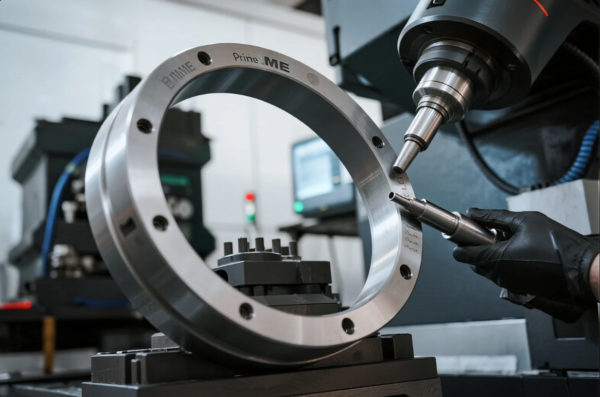
We source steel directly from Baosteel and Tisco, with full traceability and chemical analysis. Every batch comes with EN 10204 3.1 certificates.
Why does this matter?
Even slight variations in steel composition or heat treatment affect torque resistance and sealing. Our CNC machining and robotic welding ensure tight tolerances, usually within ±0.01mm. Surface finishing and non-destructive testing (NDT) prevent micro-cracks and hidden flaws.
Dive Deeper: Advanced Manufacturing Technology
I often give video tours to clients who want to see real CNC machines and QC steps. Prime’s facility uses Mitutoyo metrology tools, batch scanning, and automated defect detection for 100% in-line inspection.
| Production Step | Technology/Standard | Benefit |
|---|---|---|
| Raw material testing | Spectrometer analysis | Verifies alloy composition |
| Machining | CNC turning/milling | Repeats tight tolerances |
| Surface finishing | Bead blasting, polishing | Boosts corrosion resistance |
| NDT inspection | Ultrasonic, eddy current | Finds hidden cracks, flaws |
In each production run, we save all records, images, and test reports for 5+ years—available to clients at any time.
Key Design Features and Performance Testing for High-Pressure Applications
A great neck ring isn’t just a chunk of steel. The best ones have specific features—thread geometry, seat flatness, collar reinforcement, and custom markings—that keep cylinders safe and traceable in global logistics.
All Prime neck rings are engineered for international valve compatibility, perfect thread fit, and high torque resistance. During production, every ring is hydrostatically tested and torque-checked against valve specs.
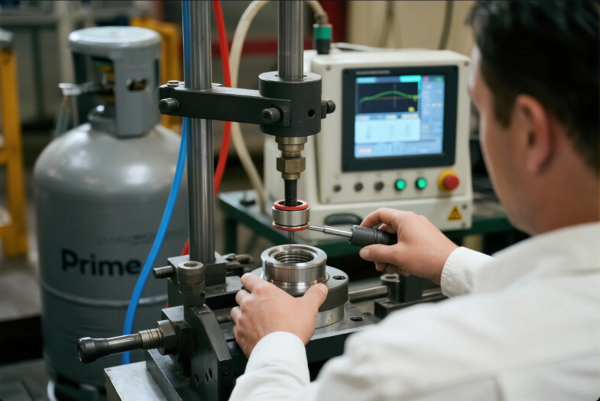
Key features include:
- ISO or DOT thread profiles
- Flatness tolerance below 0.03mm
- Reinforced load collar to resist impact and twisting
- Chamfered lead-ins for easy valve installation
- Corrosion-resistant finish (zinc plating, passivation, or custom coatings)
Each ring passes simulated pressure cycling, environmental stress, and fatigue tests to prove long-term durability.
Dive Deeper: Real Testing Data and Engineering Methods
Clients frequently request our test certificates and ask for in-depth technical data. We share full hydrostatic test curves, microstructure images, and FEA simulation reports for their QA audits.
| Test Type | Method | Standard/Spec |
|---|---|---|
| Hydrostatic pressure | >1.5x working pressure | ISO 9809, DOT 3AA |
| Torque | 1.2x rated valve torque | EN 1442 |
| Fatigue cycling | >10,000 load cycles | ISO 11120 |
| Salt spray | 96-300 hours | ASTM B117 |
When you request a sample, we can send the inspection video and 3D drawing for engineering review.
Common Failure Modes of Cylinder Neck Rings and How to Prevent Them
Even big brands sometimes suffer from neck ring failures—threads strip, rings crack, or rust eats through the base metal. That’s why prevention is always cheaper than emergency repair.
Prime eliminates common failures by controlling every production detail. All thread cutting is monitored by optical systems. Surface passivation and zinc plating block corrosion, while tight flatness specs keep valves sealed.
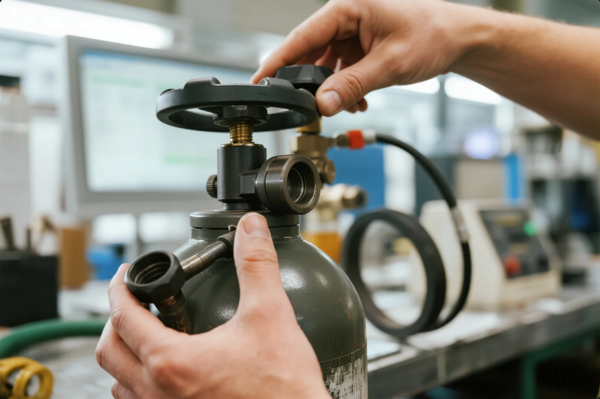
Common neck ring failure causes:
- Thread stripping: Caused by soft metals, poor machining, or incorrect torque. Prevented by certified CNC machining, torque checks, and hard alloys.
- Stress cracking: Happens with wrong heat treatment or sharp geometry. We use FEA analysis, gentle corner transitions, and certified heat treaters.
- Corrosion: Poor surface finish or wrong alloy. We select stainless or zinc-plated steel and offer up to 300-hour salt spray resistance.
Dive Deeper: Engineering for Durability
For clients shipping to coastal or desert regions, we provide custom coatings and third-party corrosion test reports. We also design neck rings to handle mechanical abuse in automated filling lines.
| Failure Mode | Engineering Cause | Prime Solution |
|---|---|---|
| Thread stripping | Poor material or tolerancing | High-grade steel, CNC, inspection |
| Stress cracking | Sharp transitions, bad alloy | FEA design, batch metallurgical test |
| Corrosion | Thin plating, contamination | Deep plating, passivation, stainless |
| Ovalization | Inadequate collar support | Reinforced design, impact test |
Quality Standards and International Certification
Global buyers know the risks of non-compliant parts: rejected shipments, legal penalties, and lost customers. Prime meets or exceeds ISO 9001, DOT, EN 1442, and TÜV Rheinland standards. All neck rings are delivered with full material traceability and test documentation.
Third-party inspection (SGS, Intertek, BV) is welcome at any stage. We can provide batch-by-batch inspection certificates and full export documentation.
Procurement, Logistics, and Supplier Communication
Efficient sourcing is as important as technical specs. Many buyers complain of slow communication, language barriers, or packaging problems that cause delivery damage. Prime’s team is fluent in English, responds within 12 hours, and provides real-time order tracking, along with expert packing to ULINE and Sealed Air standards.

专用防护包装,保障运输安全。*
Procurement checklist:
- Confirm ISO/EN/DOT compliance
- Request recent test certificates
- Specify custom logo/marking
- Require packaging specs
- Ask for video or photo records
- Clarify shipping methods, incoterms, and payment options
FAQs: Cylinder Neck Rings
What international standards must cylinder neck rings meet?
Cylinder neck rings should comply with ISO 9809, EN 1442, DOT 3AA, and TÜV requirements. Always ask your supplier for their certificate numbers and third-party test data.
How do I verify neck ring quality before bulk orders?
Request batch test certificates, sample reports, and live photos/videos of finished parts and packaging.
Can I customize neck ring markings and packaging?
Absolutely. Prime offers laser etching for serial numbers and QR codes, plus custom packaging for all export markets.
How fast can Prime ship custom neck rings?
With 10 production lines and in-house stock, most standard orders ship in 7-15 days. Contact us for urgent delivery and logistics solutions.
Does Prime provide full export support?
Yes. We supply all export documentation, arrange shipping, and handle customs clearance globally.
Contact Us
Ready to improve your cylinder safety and reliability? Reach out now for a free consultation, fast quote, and tailored engineering support.
- Website: https://primecustomparts.com/
- Email: [email protected]
Conclusion
High-quality cylinder neck rings are the foundation of safe, reliable gas cylinder performance. Prime delivers ISO-certified custom neck rings, quick global delivery, and full traceability for every order. Trust our team for lasting quality, responsive communication, and world-class support.
For one-stop sourcing with fast delivery and guaranteed quality, contact Prime now!

